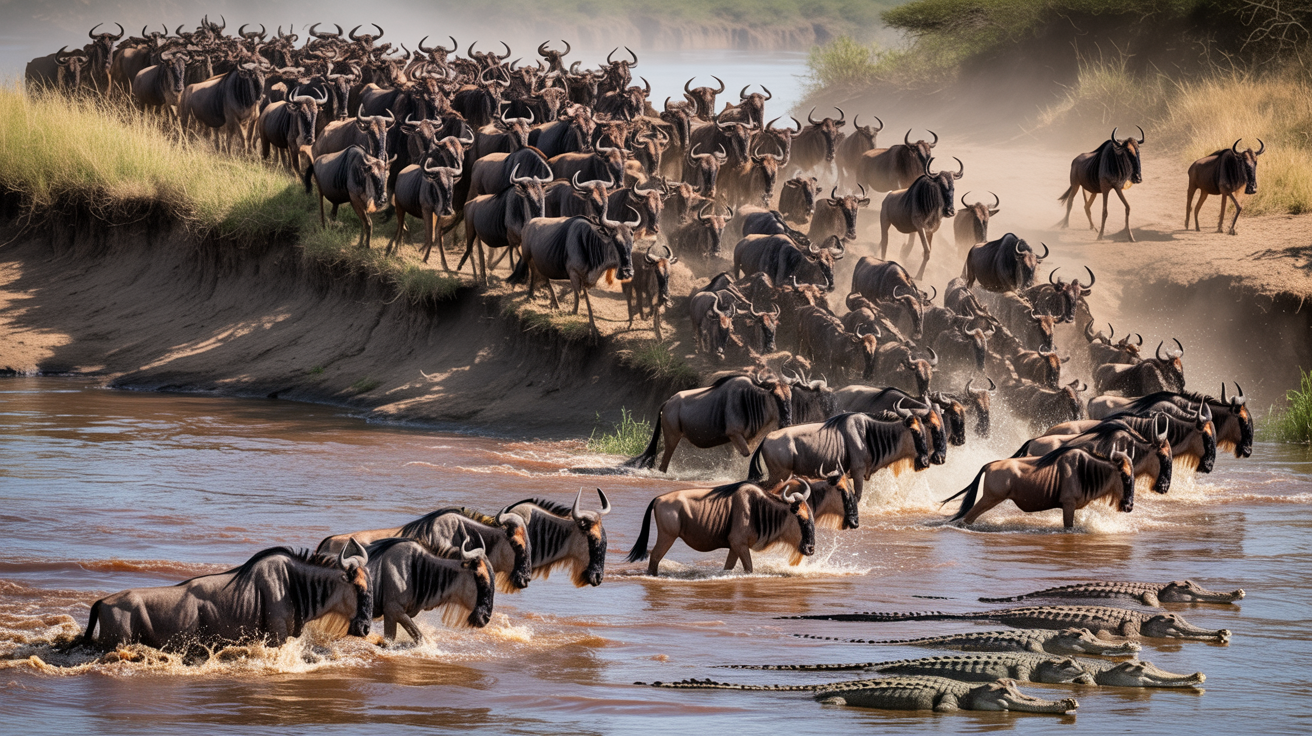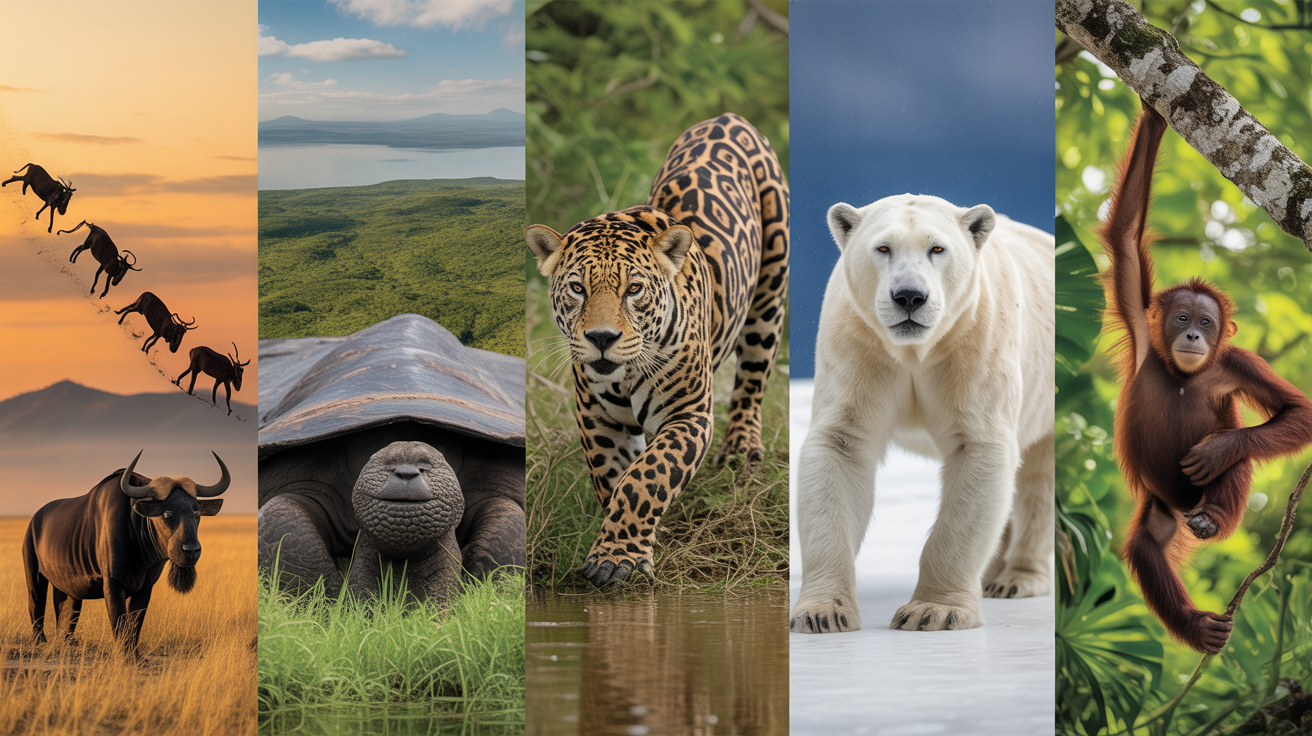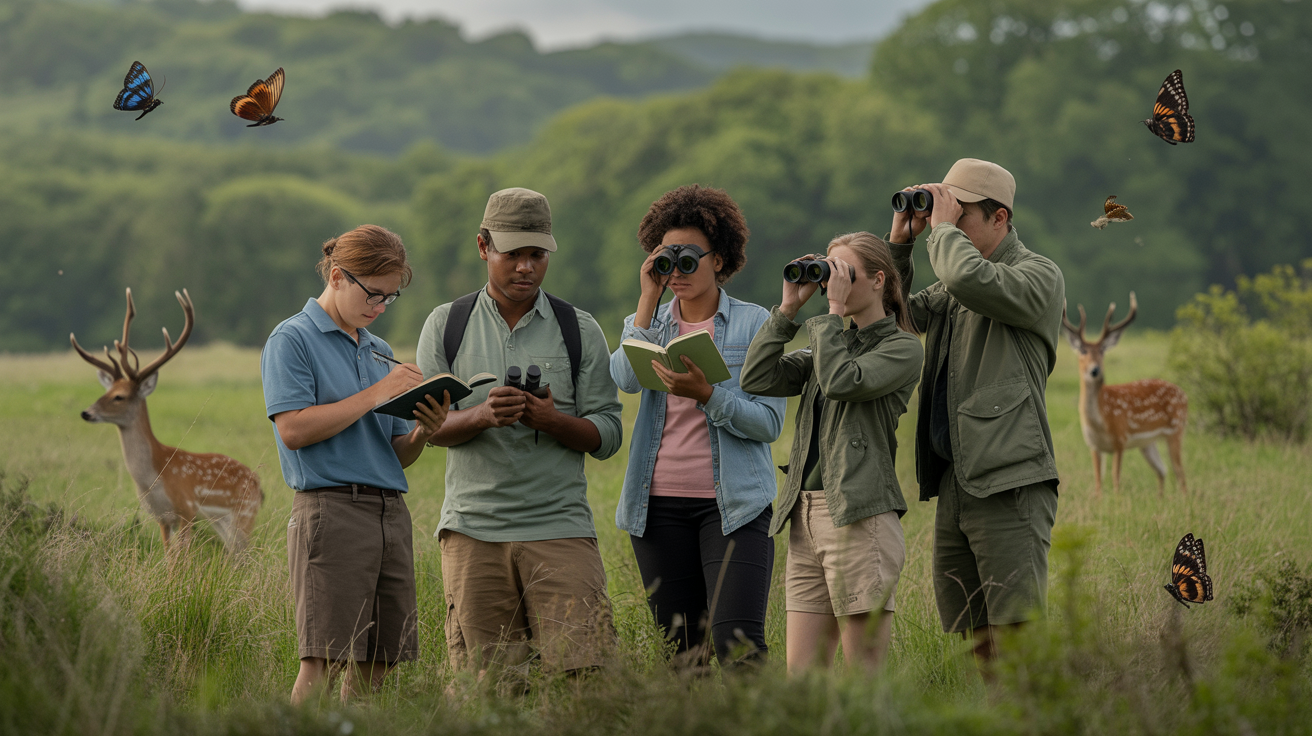The 6 Most Fascinating Animal Migrations—And How Experts Recommend Witnessing Them Responsibly
Every year, billions of animals embark on epic journeys across continents, oceans, and skies—a testament to the power of instinct and the interconnectedness of Earth's ecosystems. From thundering herds to swirling flocks, animal migrations are not only breathtaking but also vital for maintaining ecological balance. At Animal Atlas, we spotlight six of the world’s most mesmerizing migrations, along with expert advice on how to observe them without disturbing the delicate rhythms of nature.
1. The Great Wildebeest Migration (Serengeti & Maasai Mara)
Arguably the most famous migration on Earth, over 1.5 million wildebeest, accompanied by hundreds of thousands of zebras and gazelles, move in a circular journey across Tanzania and Kenya. Driven by the quest for fresh grazing and water, this migration is fraught with peril—from river crossings teeming with crocodiles to stalking predators on the plains.
- Best Time to Visit: June to October for dramatic river crossings.
- Responsible Viewing Tips: Choose eco-certified safari operators. Maintain a respectful distance, never crowding animals or blocking their paths, especially near rivers.
2. Monarch Butterfly Migration (North America)
Every autumn, millions of monarch butterflies travel up to 3,000 miles from the United States and Canada to mountain forests in central Mexico. This remarkable feat, spanning multiple generations, is one of the few insect migrations that can be witnessed on such a grand scale. Monarchs cluster so densely on oyamel fir trees that branches bend under their weight.
- Best Time to Visit: Late October to early March.
- Responsible Viewing Tips: Visit established sanctuaries like El Rosario. Tread carefully, stay on marked trails, and avoid touching or disturbing the butterflies.
3. Arctic Tern Migration (Global)
Arctic terns complete the longest known annual migration of any animal—traveling up to 44,000 miles from the Arctic to the Antarctic and back each year. These graceful birds experience two summers annually, maximizing daylight and food availability.
- Best Time to Visit: June–July in Arctic breeding grounds (e.g., Iceland, Greenland, northern Alaska).
- Responsible Viewing Tips: Observe from a safe distance during nesting, as terns are highly protective. Use binoculars and follow local wildlife guidelines to avoid disturbance.
4. Humpback Whale Migration (Oceans Worldwide)
Humpback whales traverse up to 16,000 miles annually, moving between cold, nutrient-rich feeding grounds and warm breeding waters. Their haunting songs and spectacular breaches are a highlight of the marine world. Key migration routes include the Pacific (Alaska to Hawaii) and the Atlantic (Caribbean to North Atlantic).
- Best Time to Visit: Varies by region (e.g., December–April in Hawaii, June–September in Alaska).
- Responsible Viewing Tips: Book with certified whale-watching tours that prioritize animal welfare. Never chase or approach whales too closely, and always respect marine park regulations.
5. Caribou Migration (Arctic North America)
Caribou, also known as reindeer, undertake one of the longest land migrations, with some herds covering more than 3,000 miles yearly across Alaska and northern Canada. Their journey, dictated by the search for food and calving grounds, supports a host of predators and scavengers and is crucial to the tundra ecosystem.
- Best Time to Visit: Spring (May–June) for northward calving migration, late summer for southward return.
- Responsible Viewing Tips: Travel with local guides who understand caribou behavior. Avoid traveling during sensitive calving periods and always minimize noise and disturbance.
6. Red Crab Migration (Christmas Island, Indian Ocean)
Once a year, tens of millions of bright red land crabs march from the forests of Christmas Island to the ocean to spawn. The sheer density of crabs turns roads red, prompting authorities to close streets and erect “crab bridges.” Their synchronized migration is triggered by the lunar cycle and the onset of the rainy season.
- Best Time to Visit: October to December, just after the first rains.
- Responsible Viewing Tips: Follow all local signage and guidelines. Never drive over crabs, and use designated viewing platforms or paths to avoid trampling these unique creatures.
Why Responsible Wildlife Watching Matters
Migrations are critical to ecosystem health and animal survival, but they are increasingly threatened by habitat loss, climate change, and human disturbance. By choosing responsible tour operators, respecting animal space, and supporting conservation initiatives, we can help ensure these extraordinary journeys continue for generations to come.
“Our presence should never come at the cost of wildlife. Responsible observation is key to protecting these natural wonders.” — Dr. Maria Bennett, Conservation Biologist
Tips for Ethical Migration Watching
- Do your research—select wildlife-friendly, certified ecotourism operators.
- Keep a safe, respectful distance from animals and nesting/breeding grounds.
- Minimize noise, stick to established trails, and never feed wildlife.
- Support local conservation projects and sanctuaries.
By witnessing migrations responsibly, you not only enjoy unforgettable experiences but also contribute to the conservation of some of the planet’s most remarkable animal phenomena. Explore, learn, and respect—so the wild can remain truly wild.



